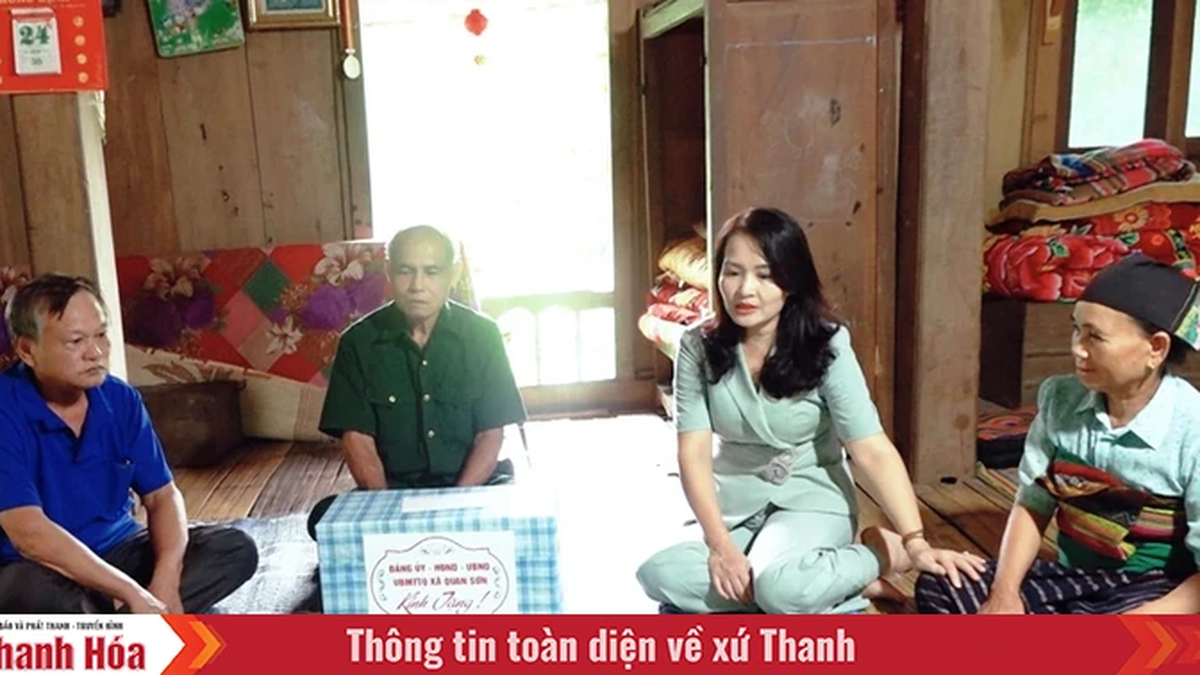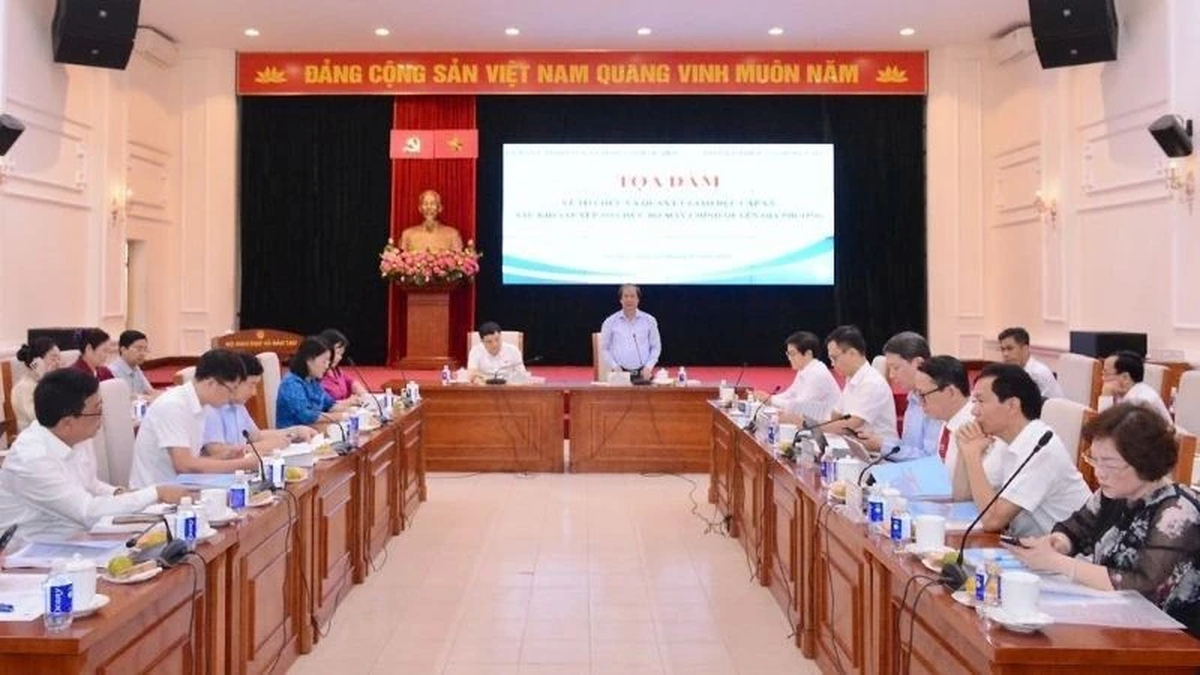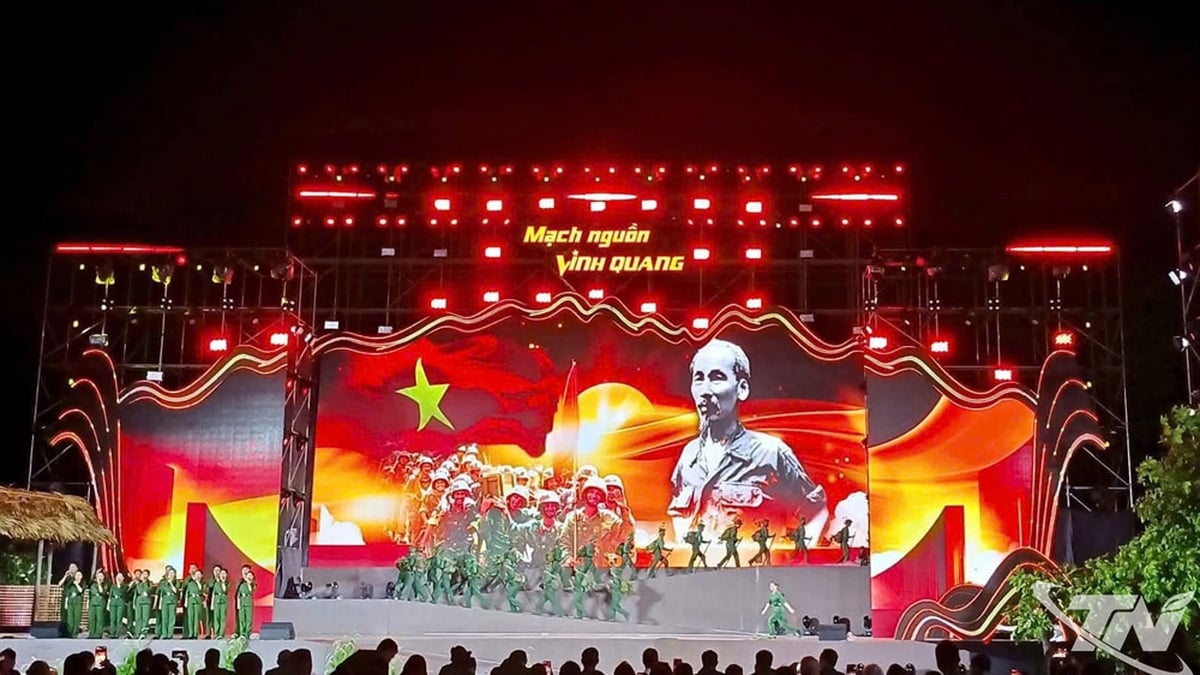
Lineage unknown
A 7,100-year-old skeleton found in China has revealed the existence of a lineage of "ghost" people that scientists have so far only hypothesized.
The discovery was made as researchers analyzed ancient skeletons to map the genetic diversity of people in central China.
The DNA of this mysterious lineage individual, a Neolithic woman buried at the Xingyi archaeological site in Yunnan, southwestern China, also provides important clues to the origins of the Tibetan people.
"There may be more individuals in the same group as this woman, but we have not yet obtained samples," said paleontologist Qiaomei Fu at the Institute of Vertebrate Paleontology and Paleoanthropology in Beijing.
The team published detailed analysis of 127 human genomes from southwestern China. Most of the skeletons sampled date from between 1,400 and 7,150 years ago and were concentrated in Yunnan province, which is now home to the highest ethnic and linguistic diversity in China.
The research report suggests that the ancient people who lived in this area could be the key to answering some of the lingering questions about prehistoric populations in East and Southeast Asia, especially the origins of the people who lived on the Tibetan Plateau.
Previous studies have suggested that Tibetans have northern East Asian ancestors along with an unknown "ghost" ancestor, a claim that remains controversial among researchers.
The oldest individual the researchers tested was the missing link between Tibetans and this "ghost" lineage.
At the Xingyi archaeological site in central Yunnan, dozens of tombs dating from the Neolithic period (7000 to 2000 BC) to the Bronze Age (2000 to 770 BC) were discovered.
Clues to 'ghost' ancestors in Tibetan genes
Remarkably, beneath all the other graves, archaeologists found a female skeleton without burial objects. Carbon dating showed she lived around 7,100 years ago, and dietary isotope analysis indicated she was likely a hunter-gatherer.
However, analysis of the woman's genome, named Xingyi_EN, yielded a surprising result: her ancestors were less closely related to East and South Asians and more closely related to a "deeply divergent" Asian group whose genes contribute to a "ghost" group found only in modern Tibetans.
The "ghost population" refers to a group of people previously unknown from skeletal archaeological sites, but whose existence has been inferred through statistical analysis of ancient and modern DNA.
The mysterious origin found when testing Xingyi_EN did not match Neanderthals or Denisovans, both of which are well-known ancient populations that contributed some of the "ghost" DNA to modern humans.
In contrast, Xingyi_EN is evidence of a previously unknown lineage that split from humans at least 40,000 years ago, and has been named the basal Asian Xingyi lineage.
For thousands of years, this lineage has been isolated from other human groups, meaning there has been no interbreeding that would have mixed their DNA. It is likely that the isolated lifestyle has allowed this group to survive without mixing with other populations, the researchers say.
However, at some point, Xingyi_EN relatives interbred with other groups of East Asian origin, resulting in a mix of DNA. This mixed population persisted for quite some time and contributed genes to some of today's Tibetans.
However, the researchers cautioned that these results should be viewed with caution, as the genetic evidence was only found in a single individual, so further research is needed to fully understand the relationship between Xingyi_EN and the Tibetan “ghost” lineage.
Source: https://dantri.com.vn/khoa-hoc/quan-the-dan-cu-bi-an-o-tay-tang-co-lien-quan-den-dong-doi-nguoi-ma-20250604002511176.htm


































































































Comment (0)